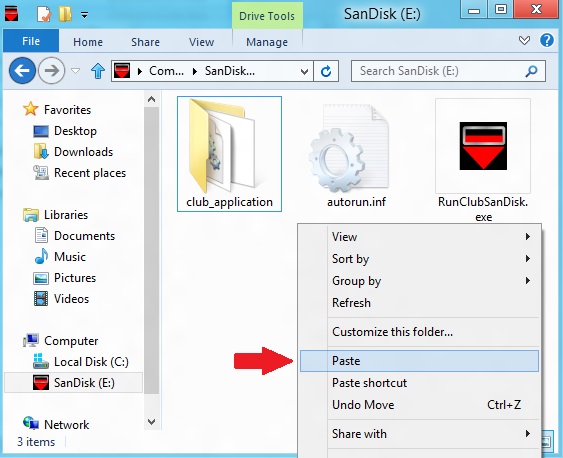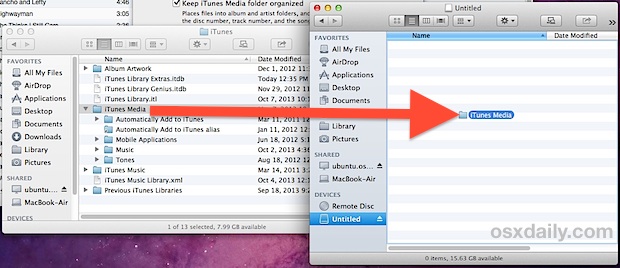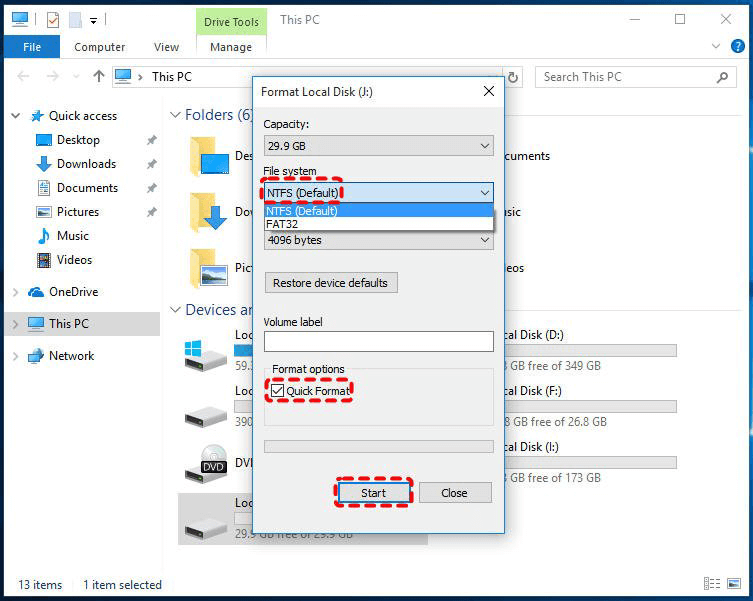

- HOW TO TRANSFER DISC IMAGE FILE TO USB HOW TO
- HOW TO TRANSFER DISC IMAGE FILE TO USB INSTALL
- HOW TO TRANSFER DISC IMAGE FILE TO USB WINDOWS 10
- HOW TO TRANSFER DISC IMAGE FILE TO USB DOWNLOAD
Burn Windows 10 ISO to USB with RUFUS utility.ġ.
HOW TO TRANSFER DISC IMAGE FILE TO USB DOWNLOAD
Go to the official Rufus download page and download the latest version of RUFUS USB Bootable Creator Utility on your computer.
HOW TO TRANSFER DISC IMAGE FILE TO USB INSTALL
The next step is to download the Rufus USB creator utility, which is an excellent tool to create a Windows bootable USB flash drive, to install or to repair Windows.ġ. Step 2: Download RUFUS USB Boot Creator Utility*.
HOW TO TRANSFER DISC IMAGE FILE TO USB HOW TO
How to Download Any Version of Windows or Office with the Windows ISO Downloader tool.How to Download Windows 10 ISO using the Media Creation Tool.To do that, follow the instructions from one of these tutorials: Download Windows 10 in a ISO file.įirst of all, proceed and download a legally copy of Windows 10 in a ISO file. How to Create a Bootable Windows 10 USB Flash Drive using RUFUS utility. An EMPTY USB Disk with at least 8GB storage space. The Windows 10 USB installation media can be used to install Windows 10 from USB, or to repair a damaged Windows 10 installation.ģ.

I hope some day Microsoft will wake up and do a better job providing end-user support.In this tutorial you can find step by step instructions on how to create a Windows 10 USB installation media, from a Windows 10 ISO image file, by using the RUFUS USB creator utility. There will be a warning that a network option is not reliable or secure, disregard it, and go on.


At this point "OK" button will come "alive". Below you will see "Network credentials", type in your Windows 10 user log-in name and password. If you start typing, it might even autofill it (meaning you are almost there). The "Select a network location" window will open, type or paste the network path (from step 6, see above). Don't bother Click on "Select" button to the right of it. Wright down this network path, or highlight-select-right click-copy.ħ) Finally, go back to "Create a system image" and select "On network location" radio-button. Click "OK" in "Advanced Sharing".Ħ) Back in "(Drive Letter:) Properties" window you should be able to see under "Network File and Folder" the drive letter (some letter:) sais "Shared" and below the network path. If not go to "Advanced Sharing"Ĥ) Check-mark "Share this folder", click on "Permissions".ĥ) In Permissions for "Drive Letter" window, under "Group or user names" you will see "Everyone" and below "read" permission selected, select "Full control". You have to use a network option, but before you go that way you need to prepare your flash-drive.ġ) format this drive in NTFS file system.Ģ) Once formatting is done, right-click on this drive and go to properties.ģ) Go to "Sharing", see if this flash-drive is shared. You can not use the option "On a hard disk" for usb flash-drive, I guess Microsoft does not see it as a hard drive. How to: Create a system image in Windows 10 Onscreen instructions and accomplish the process of creating system image. After the process is complete you get the option to create a system repair disc which you should do and make sure to save it in a secure location. Times will vary depending on your system and where you’re backing it up to. In this example a disk of about 15GB in size took under 20 minutes backed If something doesn’t look right you can still go back from this point and make adjustments.Ī progress meter is displayed while the images is created and backed up. At the confirmation screen notice the amount of space I understand your concern and so would suggest you to decide where you want to save the image. Thank you for posting in Microsoft Community.


 0 kommentar(er)
0 kommentar(er)
